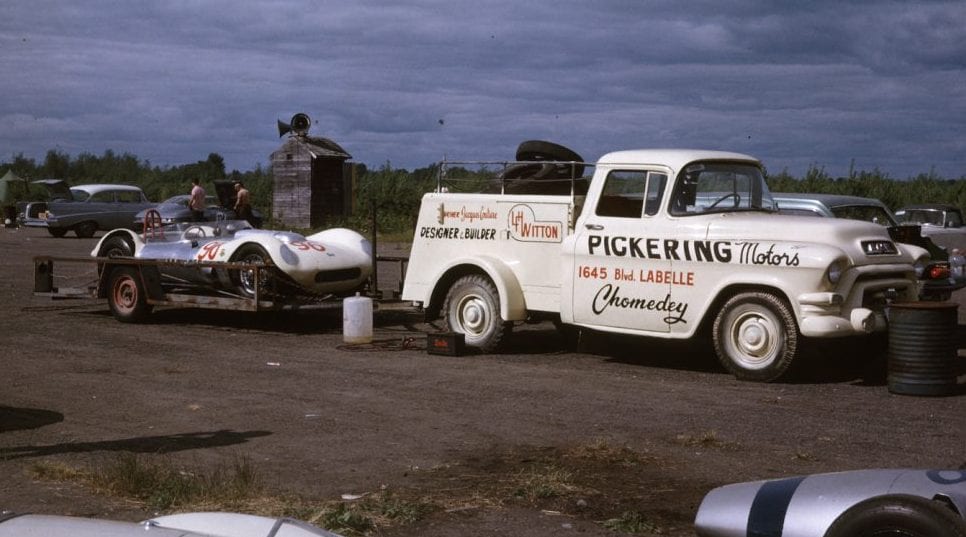Now that VR has editorial offices in the U.S., the UK and Australia, I’ve been fortunate to make a lot of new racing friends from around the world. It seems like wherever I go, either in the U.S. or abroad, the one question that everyone seems to ask is, “What differences do you see between racing here and back home (or overseas).” It’s a natural question, as everyone’s curious to know how different their own form of historic racing is from that in other parts of the world.
However, I think people are always somewhat surprised when the answer is that historic race meetings are amazingly similar between the three major English-speaking countries. Obviously, some of the finer points are different: in the UK you WILL race in the rain; in Australia, kangaroos and wombats are occasional on-track hazards; and in the U.S. you will always start a race, with a rolling start. But with this said, all three countries do share the immutable, core commonalities of the occasionally overly officious tech inspectors, ever-shifting program schedules and track-side “cuisine” guaranteed to coagulate your arteries faster than a big-block burning nitromethane.
No Subscription? You’re missing out
Get immediate ad-free access to all our premium content.
Get Started



